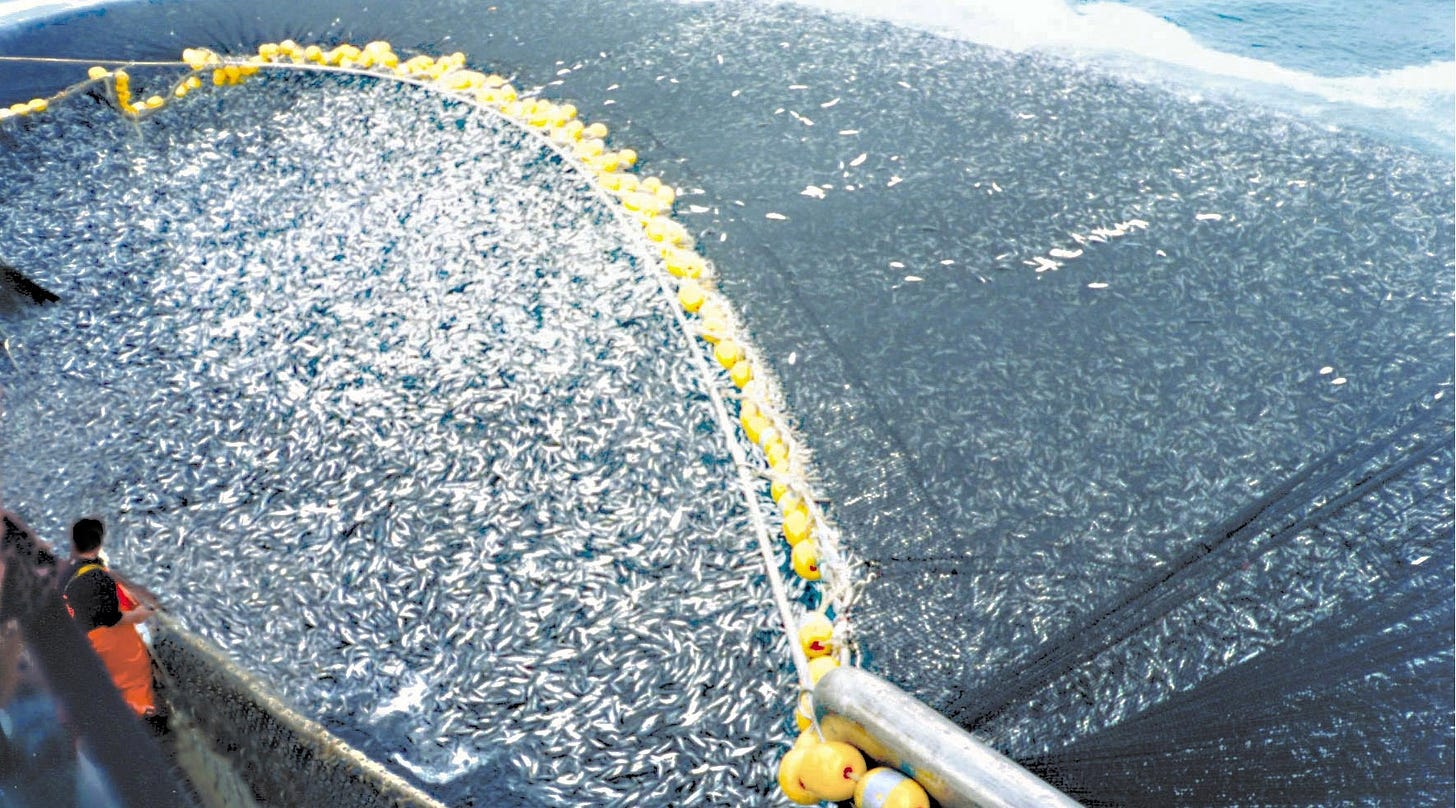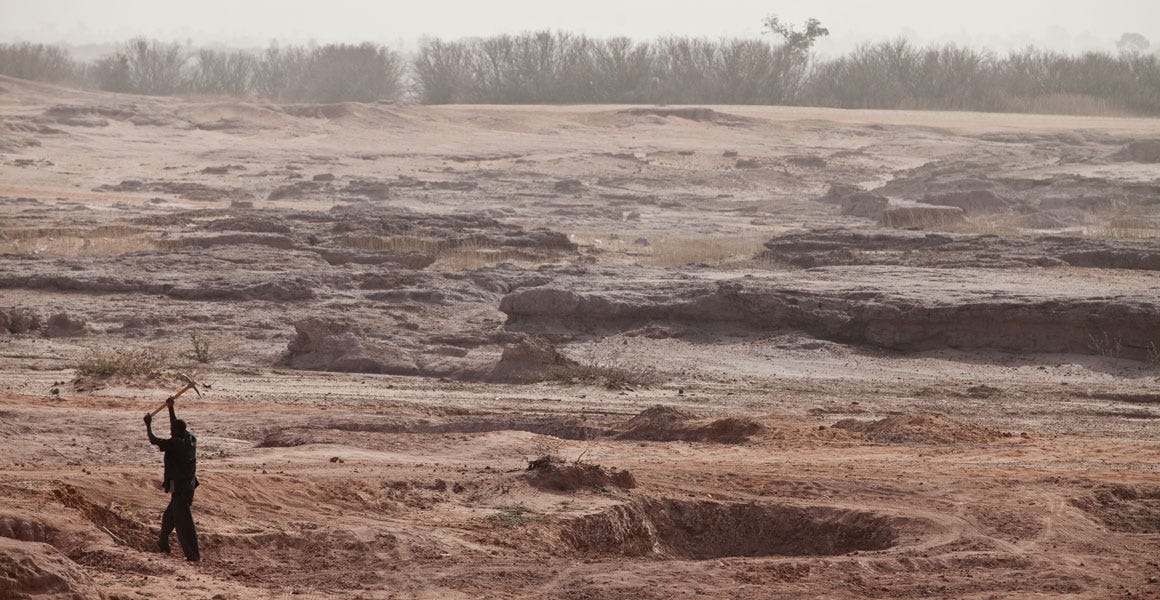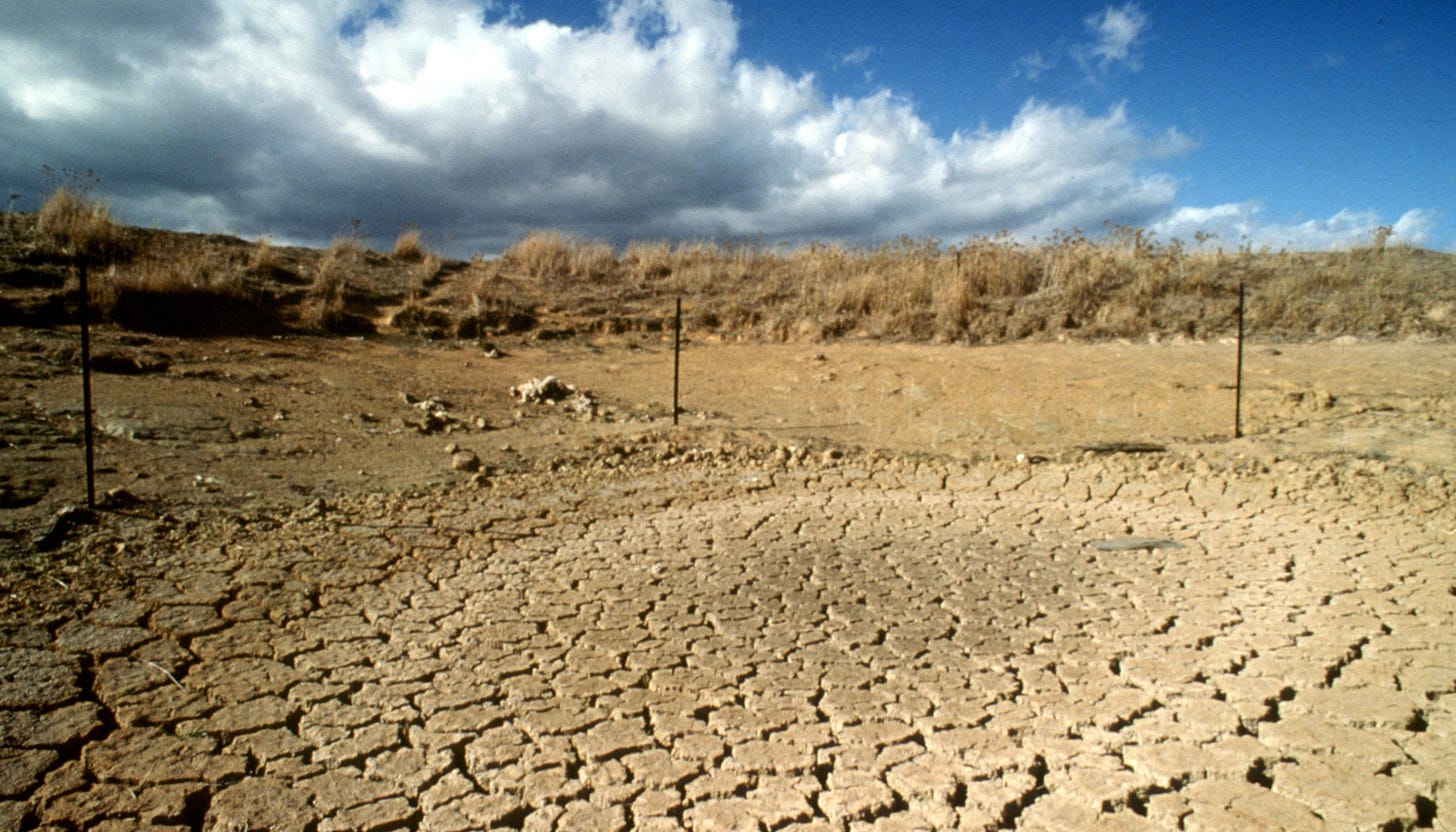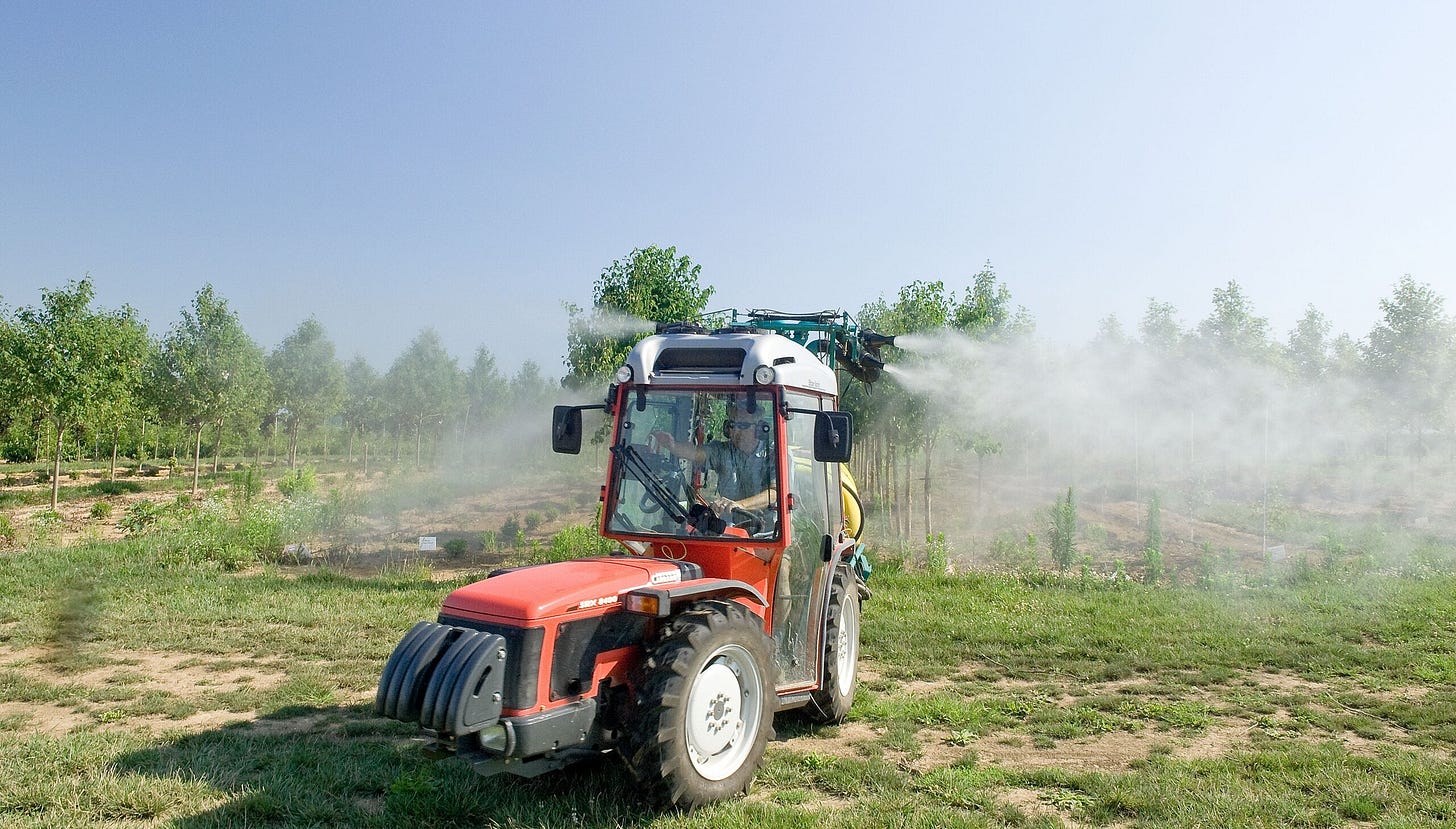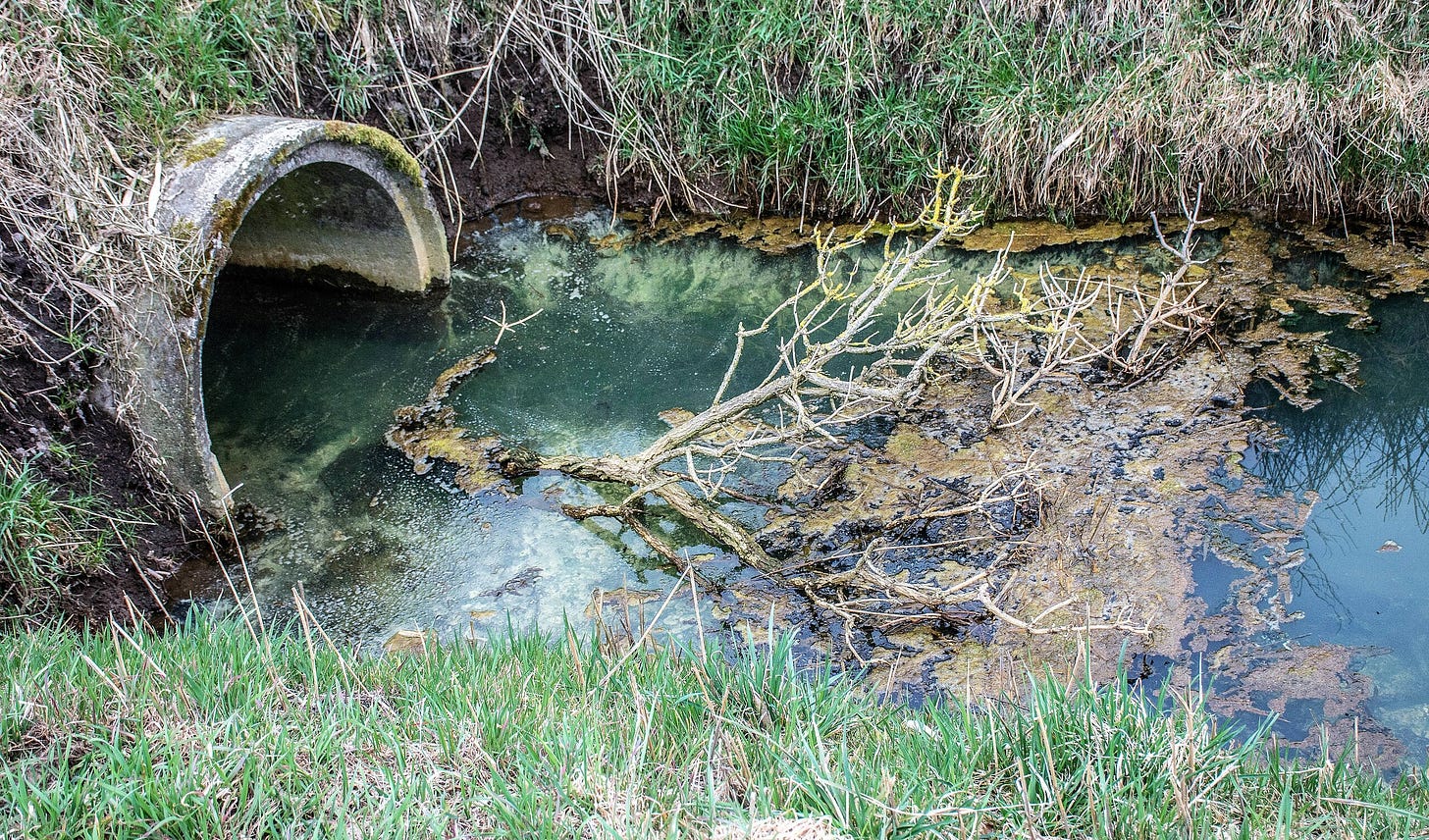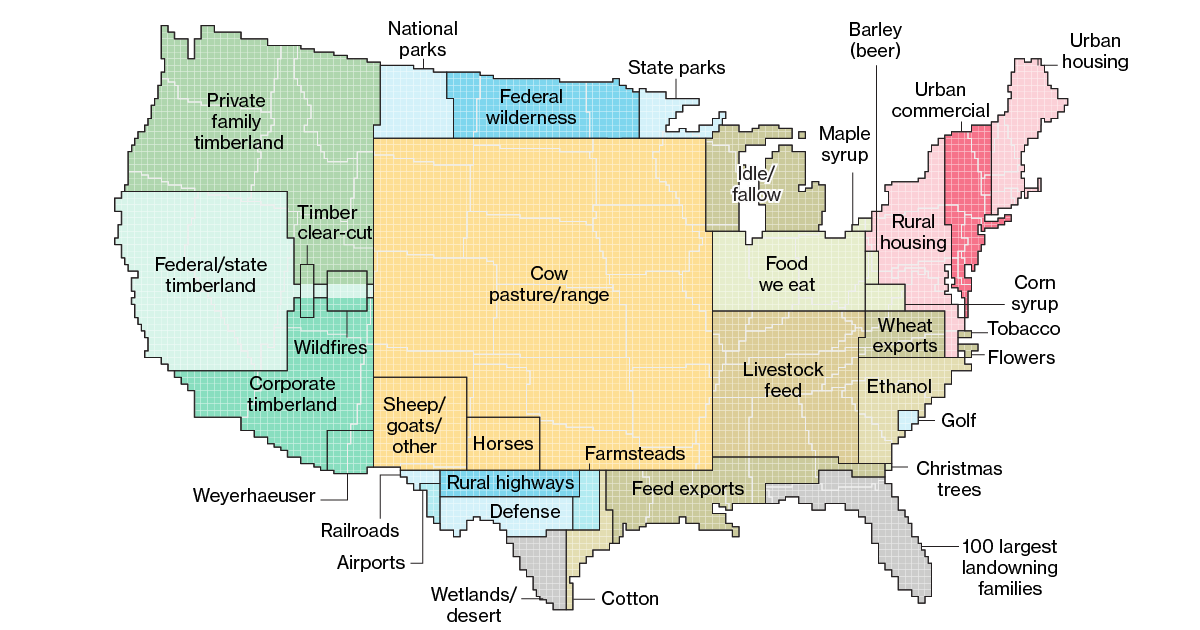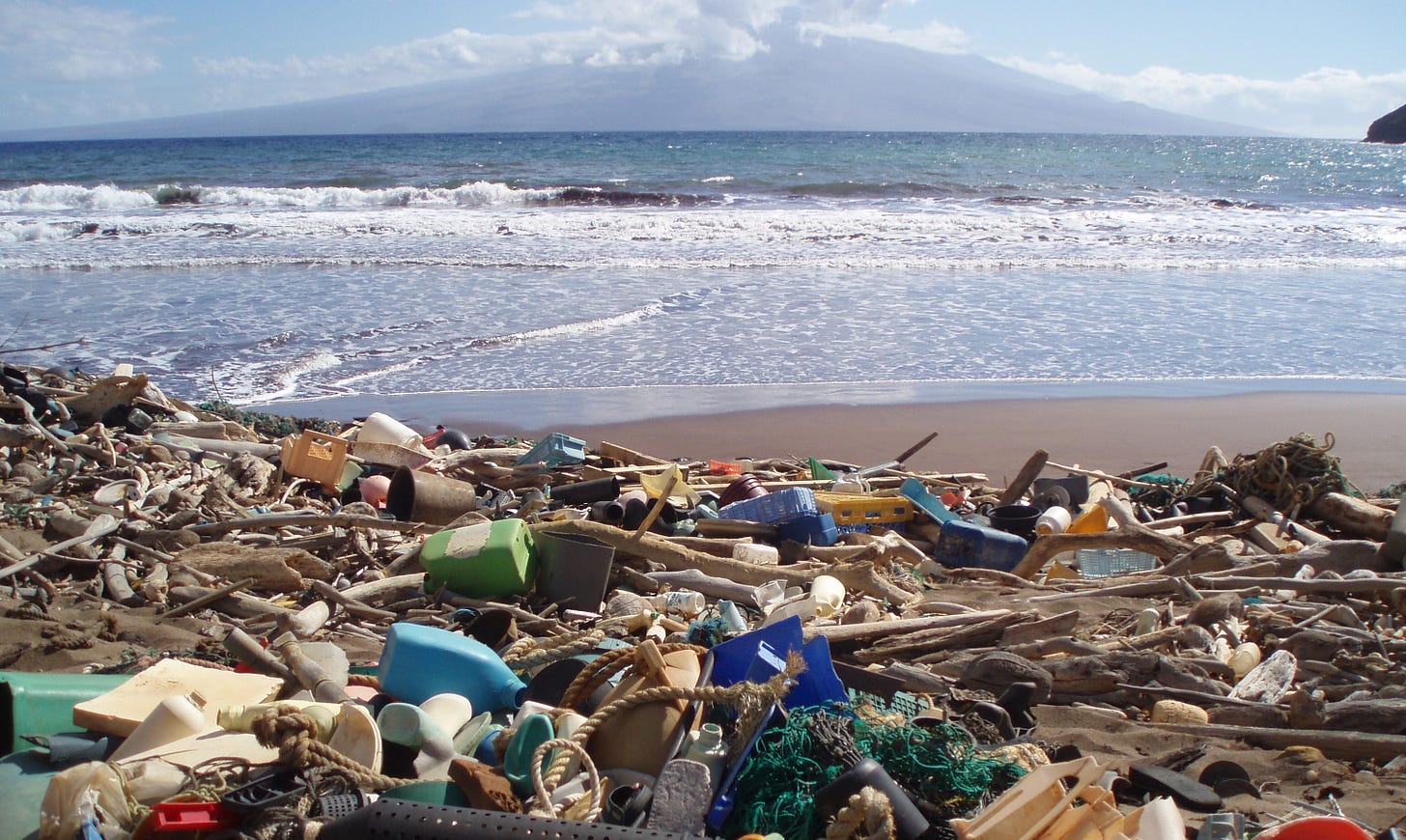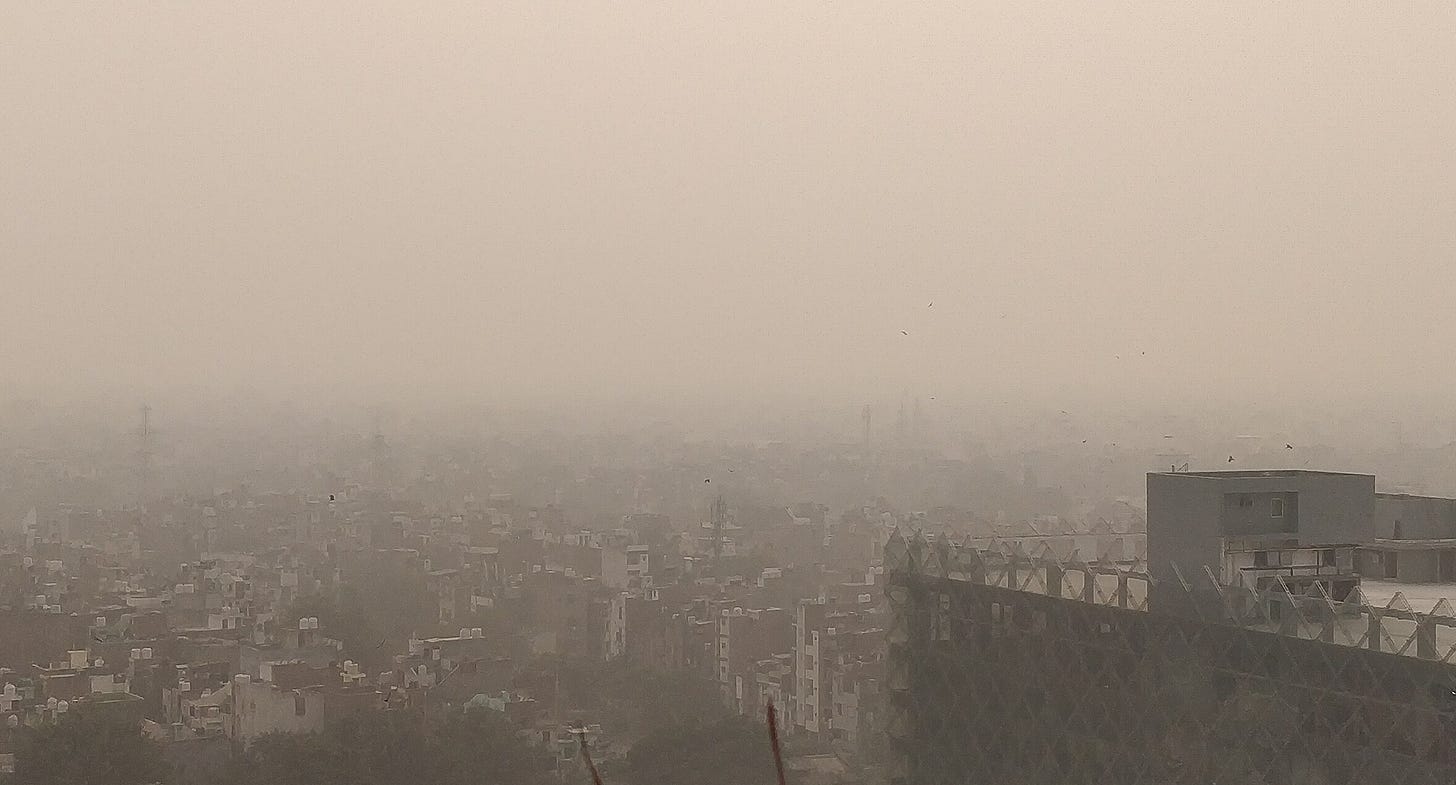11 Biggest Non-Climate Environmental Problems
Climate change has rightfully dominated ecological discourse in recent years. But many unrelated challenges to our Planet’s health remain and don’t get the attention they deserve.
Here’s a look at the top 11 non-climate environmental problems:
11. Poaching
Poaching is the illegal hunting, capture or harvesting of any plant or animal. The motivations vary from subsistence hunting in very poor regions to the much more common commercial or trophy hunting incentives.
Endangered species are hunted for the beauty of their skins, furs, or ivory. But pseudoscientific medical beliefs in Asia account for much of the trade, with parts of seahorses, rhinoceroses, pangolins, or tigers purported to improve virility and cure all sorts of ills.
Many species have gone extinct due to poaching, including the Western Black Rhinoceros (Diceros bicornis longipes), Chinese Paddlefish (Psephurus gladius) and the Javan Tiger (Panthera tigris sondaica).
10. Invasive Species
Human dispersal across all six continents has resulted in the introduction of many species from one part of the world to another. Some of these introductions have been benign - like a South African protea (Protea cynaroides) adorning a California garden, or tomatoes (Solanum lycopersicum) growing in Italy.
But some introduced species cause harm to their new ecosystems and are labelled “invasive”. In the North American Great Lakes region, Zebra Mussels (Dreissena polymorpha) grow so densely they damage plumbing lines and water treatment plants. In Australia, Cane Toads (Rhinella marina) have migrated from South America and devastated the local ecology with their deadly toxin. And large parts of the Southern United States have been swallowed whole by Kudzu (Pueraria montana), a climbing plant native to East Asia, which suffocates the native vegetation. (pictured above)
The most pernicious invasive species of them all is perhaps the Black Rat (Rattus rattus), which originated in South Asia but is now found throughout the world, preying on local fauna and transmitting plague and pestilence.
9. Overfishing
Every year, humans take around 90 million tonnes of fish from the seas and rivers. This massive haul is possible because around one-third of fisheries globally are overfished, meaning their fish stocks are declining due to exploitation outpacing their natural regeneration.
Several countries - including Iceland, New Zealand and the United States - have adopted effective fisheries management practices and seen their fisheries rebound. Such strategies typically include strict quotas, stringent licensing requirements and the creation of marine protected areas where all fishing is banned and threatened populations can find refuge. Yet the developing world lags far behind, and fisheries in international waters are difficult to regulate at all.
Aquaculture - the raising of fish for human consumption in contained pens - has its own environmental problems. But it has nevertheless relieved pressure on wild fisheries and overtook the wild catch in tonnage for the first time in 2024.1
8. Soil Degradation
Soil is so much more than ground rock. It’s a complex mixture of organic matter, minerals, gases, water and living organisms.
The world relies on this thin, fertile line to grow the crops that feed humanity. But our intensive agricultural practices can damage its productivity via contamination, desertification, or erosion. Leaving cropland bare during heavy rains, for example, or overgrazing can lead to disastrous consequences.
The notorious North American Dust Bowl of the 1930s was caused by a combination of a natural drought and human overexploitation. About one quarter of agricultural land worldwide is already highly degraded.2
7. Deforestation
Deforestation is an especially devastating type of land use change targeting forests - Earth’s most ecologically productive terrestrial ecosystem.
One third of the Planet’s forest cover has already been destroyed by humans, either for timber or conversion to agricultural use. Between 15 million and 18 million hectares are cut down every year - an area roughly the size of Bangladesh.
Some parts of the world like Europe, North America, and East Asia are starting to reforest. But deforestation remains a major problem in Africa, South America and Southeast Asia.3
6. Freshwater Scarcity
The expansion of human civilization has led to skyrocketing demand for freshwater resources, particularly for agricultural use. Cotton, livestock feed, and fruit orchards are particularly thirsty activities.
In dry areas with low rainfall, this increased demand can lead to a physical scarcity of freshwater. Many places have filled the gap by pumping groundwater, which is a non-renewable resource that will one day be exhausted. Desalination of seawater is also possible, but is prohibitively expensive for most countries. Experts fear water scarcity could lead to armed conflicts in future.
Beyond the human consequences, freshwater ecosystems like marshes, bogs and riparian zones are also depleted of the water they need. Climate change is predicted to worsen water scarcity by increasing global aridity, but our inability to properly manage available resources is the primary cause.
5. Persistent Organic Pollutants
Persistent organic pollutants (POPs) are toxic organic compounds that resist degradation by natural processes and thus remain in the environment for long periods.
POPs include many industrial chemicals including solvents, pharmaceuticals, and PFASs (the so-called ‘forever chemicals’). But by far the largest class of POPs are pesticides and insecticides, which are carried into the environment by runoff and spray drift.
Some POPs have been linked to cancer and endocrine disruption. Humans are exposed mostly via bioaccumulation in animal tissues. Many of the most dangerous POPs are now banned globally under the Stockholm Convention on Persistent Organic Pollutants.
4. Water Pollution
Surface water and groundwater can be contaminated by a large number of pollutants via sewage discharges, industrial wastewater, agricultural runoff and urban stormwater.
These pollutants include Persistent Organic Pollutants (POPs) and plastics, but also inorganic contaminants like heavy metals, ammonia, and nutrient pollution (nitrates and phosphates) from fertilizers.
Water pollution can massively degrade aquatic ecosystems by modifying the chemical composition of the environment. It can also directly harm human health via waterborne diseases and through heavy metal poisoning, particularly lead in drinking water.
3. Land Use / Habitat Destruction
When Bloomberg published the cartogram above in 2018 showing how land was used in the continental United States, it was met with disbelief. How can human activities take up nearly all the land in a country so large and vast?
And yet the map is accurate. In 2022, the United States used 45.7% of its land for agriculture, which includes pasture, cropland, and fallow arable land. Figures in some countries were even higher, with China at 55.4%, India at 60.1%, and the UK at 69.6%. Timberland, housing, infrastructure, and ranches owned by billionaires take up nearly all the rest. Only 13% of the United States’ land is protected.
Land use does have an impact on climate change, as changes often destroy natural carbon sinks. But it has an even more profound impact on biodiversity loss. Converting wilderness to cropland, pasture, or housing destroys and fragments habitats for plants and animals. Habitat destruction is responsible for 70-85% of biodiversity loss globally.
2. Plastic Pollution
Around 353 million tonnes of plastic waste is generated every year, and about one quarter of that amount ends up being dumped into the natural environment.4
Much of that mismanaged plastic waste ends up in rivers and subsequently washes into the ocean. In the Pacific Ocean, a so-called Great Pacific Garbage Patch has formed - a giant concentration of plastic debris three times the size of France.
Plastics do not biodegrade; rather, they break down into ever smaller particles called microplastics. Microplastics are pervasive in the environment and have even been found inside the human brain.5 The scariest thing about plastic pollution is that the effects of microplastics remain unknown. They are unlikely to be good.
1. Air Pollution
Air pollution from fossil fuel combustion kills 8 million people a year, which amounts to roughly 18% of all deaths worldwide.6 The astounding figure makes it the single largest environmental issue outside of climate change.
The particulates emitted by coal, oil, and fossil gas have been linked to dementia, asthma, heart attacks, strokes, neurodevelopmental disorders, and myriad other health problems. Ozone harms plant growth. Acid rain damages aquatic ecosystems. And toxic mercury emissions from coal plants bioaccumulate in the ecosystem.
The good news is that air pollution and climate change have a shared cause. The climate-driven effort to eliminate fossil fuel use will also clear the world’s poisonous air.





